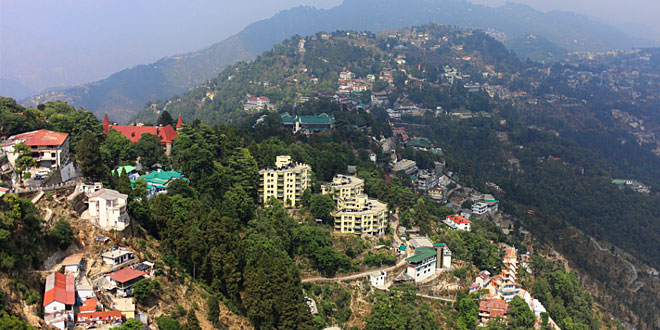Question: Distinguish Between Converging and Diverging Tectonic Plates
Answer:
- Converging Tectonic Plates: Some plates come towards each other and form convergent boundary.
- Diverging Tectonic Plates: Some plates move away from each other and form divergent boundary.
Question: Distinguish Between Bhangar and Khadar
Answer:
- Bhangar: The largest part of the northern plain is formed of older alluvium They lie above the flood plains of the rivers and present a terrace like feature. This part is known as bhangar.
- Khadar: The soil in this region contains calcareous deposites locally known as kankar. The newer, younger deposits of the flood plains are called khadar. They are renewed almost every year and so are fertile, thus, ideal for intensive agriculture.
Question: Distinguish Between Western Ghats and Eastern Ghats
Answer:
- Western Ghats: The Western Ghats are higher than the Eastern Ghats. Their average elevation is 900– 1600 metres as against 600 metres of the Eastern Ghats. The Western Ghats cause orographic rain by facing the rain bearing moist winds to rise along the western slopes of the Ghats. The Western Ghats are known by different local names. The height of the Western Ghats progressively increases from north to south. The highest peaks include the Anai Mudi (2,695metres) and the Doda Betta (2,637 metres).
- Eastern Ghats: The Eastern Ghats stretch from the Mahanadi Valley to the Nilgiris in the south. The Eastern Ghats are discontinuous and irregular and dissected by rivers draining into the Bay of Bengal. Mahendragiri (1,501 meters) is the highest peak in the Eastern Ghats. Shevroy Hills and the Javadi Hills are located to the southeast of the Eastern Ghats.
Question: Describe how the Himalayas were formed.
Answer: The Himalayas and the Northern Plains are the most recent landforms. From the viewpoint of geology, Himalayan Mountains form an unstable zone. The whole mountain system of Himalaya represents a very youthful topography with high peaks, deep valleys and fast flowing rivers. The northern plains are formed of alluvial deposits. The peninsular plateau is composed of igneous and metamorphic rocks with gently rising hills and wide valleys.
Question: Which are the major physiographic divisions of India? Contrast the relief of the Himalayan region with that of the Peninsular plateau.
Answer: The physical features of India can be grouped under the following physiographic divisions:
- The Himalayan Mountains
- The Northern Plains
- The Peninsular Plateau
- The Indian Desert
- The Coastal Plains
- The Islands
The Himalaya region: consists of three parallel ranges in its longitudinal extent. A number of valleys lie between these ranges. The northern most range is known as the Great or Inner Himalayas or the ‘Himadri’. It is the most continuous range consisting of the loftiest peaks with an average height of 6,000 meters. It contains all the prominent Himalayan peaks.
The Deccan Plateau: is a triangular landmass that lies to the south of the river Narmada. The Satpura range flanks its broad base in the north while the Mahadev, the Kaimur hills and the Maikal range form its eastern extensions. Locate these hills and ranges in the physical map of India. The Deccan Plateau is higher in the west and slopes gently eastwards. An extension of the Plateau is also visible in the northeast– locally known as the Meghalaya and Karbi-Anglong Plateau. It is separated by a fault from the Chotanagpur Plateau. Three Prominent hill ranges from the west to east are the Garo, the Khasi and the Jaintia Hills.
 Class Notes NCERT Solutions for CBSE Students
Class Notes NCERT Solutions for CBSE Students




